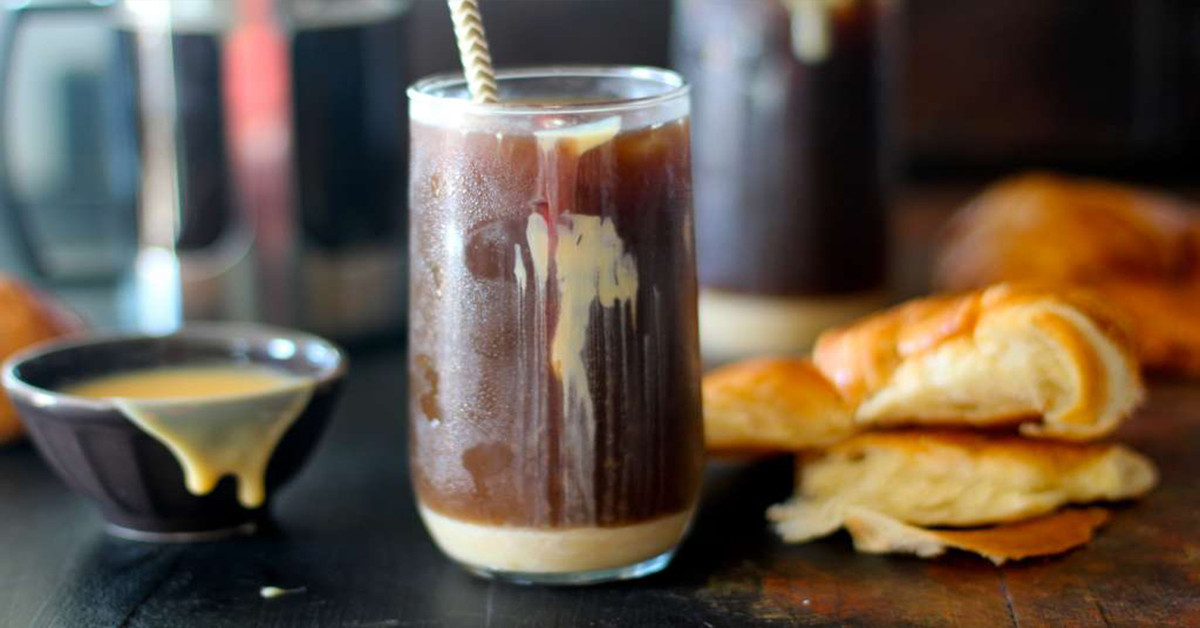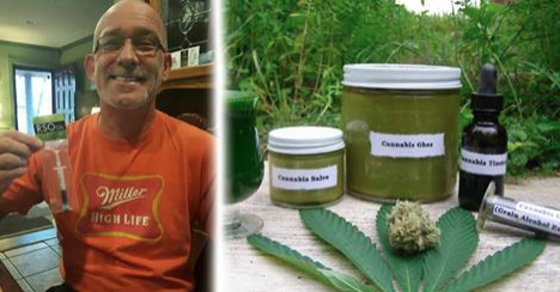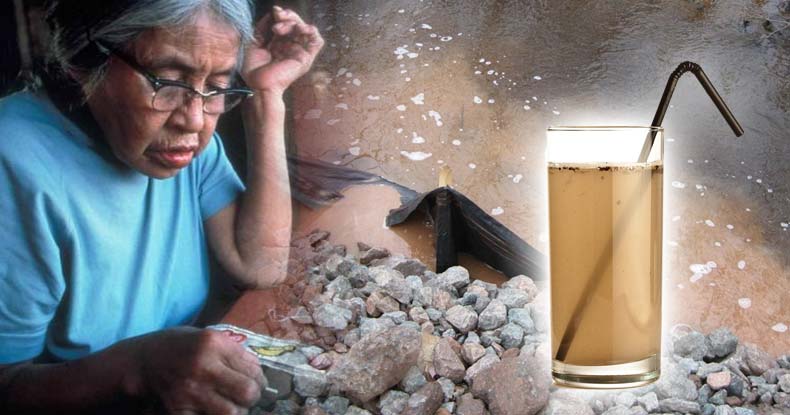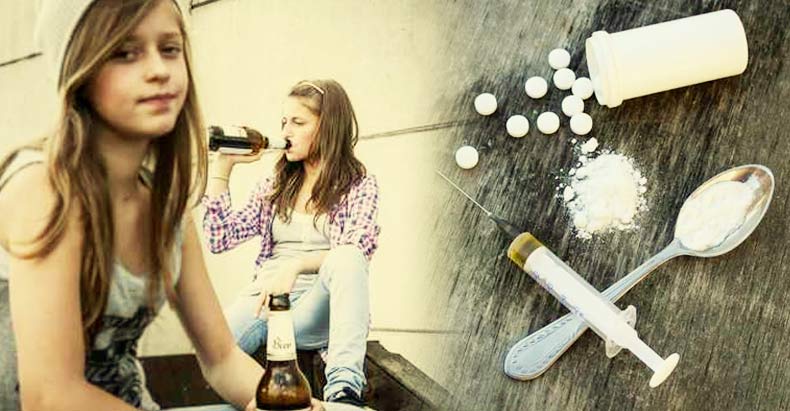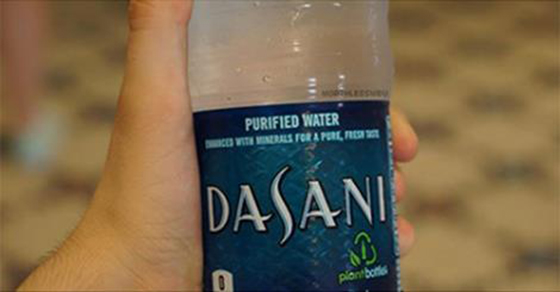
Dasani Bottled Water Has 4 Ingredients: Tap Water, Known Teratogen, Lethal Drug, and Salt
I remember the first time I tasted Dasani bottled water. It was 2004 and I was at a gym in Orange County, California. The drinking fountain at the gym was out of order so I purchased a bottle of water from a vending machine. I cracked open that lid and—YUCK! I had never tasted water so disgusting. Who knew water could have such a strong taste? At the time, I assumed my taste buds were off and eventually I drank Dasani bottled water again… always with the same reaction. Gross! I’ve finally learned my lesson. Unless I’m extremely parched, I would rather remain thirsty than drink Dasani. While everyone’s bodies are different, I personally have a visceral reaction to Dasani. After drinking Dasani, my stomach sometimes hurts and I almost always have terrible dry mouth. Have you noticed any of these side effects after drinking Dasani?
Years later, during a trip to Costco, I noticed that Costco brand Kirkland Signature water lists several ingredients added: “for taste.” Out of curiosity, I drank the water and—light bulb!—there was that familiar, metallic Dasani taste. It seemed clear to me that Costco and Dasani had shared water “recipes.” When I noticed that Costco brand water had multiple ingredients in addition to water, I wondered if Dasani had additives as well. What I learned surprised me. Not only does Dasani water have additives, but these additives are known to cause much more than dry mouth and abdominal pain. These chemicals can, at high levels, cause birth defects and death.
Dasani bottled water contains four ingredients: tap water, magnesium sulfate, potassium chloride, and salt. The Dasani label claims these ingredients are added for taste, and while that may be true, these ingredients change a lot more than taste. Do you know what’s really in your bottled water?
Dasani Ingredient #1: Tap Water. It’s no secret that Dasani, which is owned by Coca-Cola, bottles tap water. In general, I have no problem drinking tap water. Although tap water often tastes noticeably different from spring water, I acknowledge that drinking tap water is an environmentally conscious choice…. but bottling tap water?! That seems to defeat the purpose. If you’re going to drink tap water, drink it from the tap.
Dasani Ingredient #2: Magnesium Sulfate. AKA Epsom Salts or Bath Salts. FDA Pregnancy Category D Teratogen, Drying Agent, and Laxative. On its own, anhydrous magnesium sulfate is a drying agent. (Side note: Could this explain the strange dry mouth I experience after drinking Dasani water? It’s ironic that Coca-Cola has added a “drying agent” to a beverage that is intended to quench thirst. If trace amounts of magnesium sulfate residue remain on your tongue after you drink a bottle of water, making it difficult to quench your thirst, it seems reasonable to question whether this might encourage you to purchase another bottle of water or perhaps a soft drink, either of which would benefit Coca-Cola. Could this be a dangerous ploy from the marketing masterminds at Coca-Cola?) In addition, magnesium sulfate has many powerful purposes in medicine. Off label, it has been used to delay labor by inhibiting uterine contractions in pregnant women. However, this practice is declining because recent studies show that magnesium sulfate causes birth defects at high doses. After studies suggested that just 5-7 days of in utero exposure to high doses of magnesium sulfate caused birth defects, the FDA recommended that magnesium sulfate be classified as a Category D Teratogen. Coca-Cola would probably prefer that the many pregnant women drinking Dasani water don’t know that an ingredient in their water can, at high doses, affect unborn babies. So what exactly happens to the babies of mothers who are exposed to high doses of intravenous magnesium sulfate? After just 5-7 days, exposed babies experienced bone structure changes and weaker bones. For these reasons, magnesium sulfate is now listed as a known teratogen (Pregnancy Category D) with positive evidence of human fetal risk, according to the FDA. Yes, Dasani water lists a known teratogen as an ingredient. As with any chemical, the dose makes the poison, but I personally choose to avoid water with additives. You can learn more about the FDA’s position here. One more thing: Magnesium sulfate is known to have a “bitter taste.” So why is Coca-Cola adding it to their already foul-tasting water?
Dasani Ingredient #3: Potassium Chloride. FDA Pregnancy Category C. Potassium chloride is commonly used as a fertilizer, but it’s also used in lethal injections to stop the heart and, in some cases, in late trimester abortions to stop the heart of the fetus. Interestingly, potassium chloride is known to have a “weak, bitter, unsalty flavor” with a “chemical or metallic aftertaste” which again calls into question how this ingredient could possibly improve the “taste” of poor-tasting Dasani water. If you would like to learn more about the role of potassium chloride in lethal injections, you might be interested Stephen Fox’s article, “Can Ingredients In Dasani Bottled Water Kill You?” over at The Water Filter Lady’s Blog. In addition to possible birth defects, the list of side effects from potassium chloride is endless: bowel lesions, gastrointestinal disruptions, cardiac arrhythmias, muscle weakness, nausea, abdominal pain, diarrhea, dyspepsia or heartburn, GI tract bleeding, hypersensitivity, nervous system damage, and more. While potassium and magnesium are found in natural food sources – and are, in their natural forms, vital to the body – anytime you separate a chemical compound from their natural food sources, they may behave differently than they would in their natural forms. That’s why it’s very difficult to overdose on bananas, but much easier to overdose on potassium chloride. That’s also why so few people are able to successfully use processed foods to lose weight and stay healthy. How much potassium chloride is added to Dasani water? Do you trust Coca-Cola and Dasani to make that decision for you?
Dasani Ingredient #4: Salt. As I’ve written before, I believe that table salt gets a poor reputation simply because sodium is added to almost all processed foods. While table salt itself is rarely dangerous, adding unspecified amounts of sodium during “food processing” can absolutely create unnecessary health issues for many people. While one bottle of Dasani water may not have much salt, if you drink six or seven bottles of Dasani water in one day, suddenly the amount could be much higher. That said, the real concerns are magnesium sulfate and potassium chloride.
Dasani is not the only manufacturer selling water with additives. Next time you buy bottled water, take a look at the ingredients. There should only be one: water.


